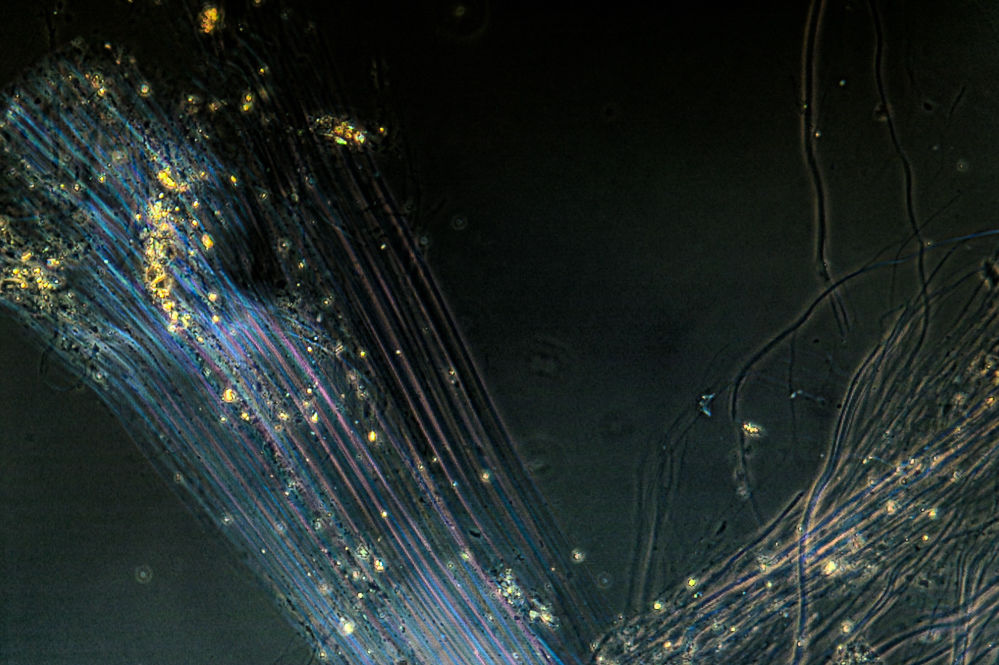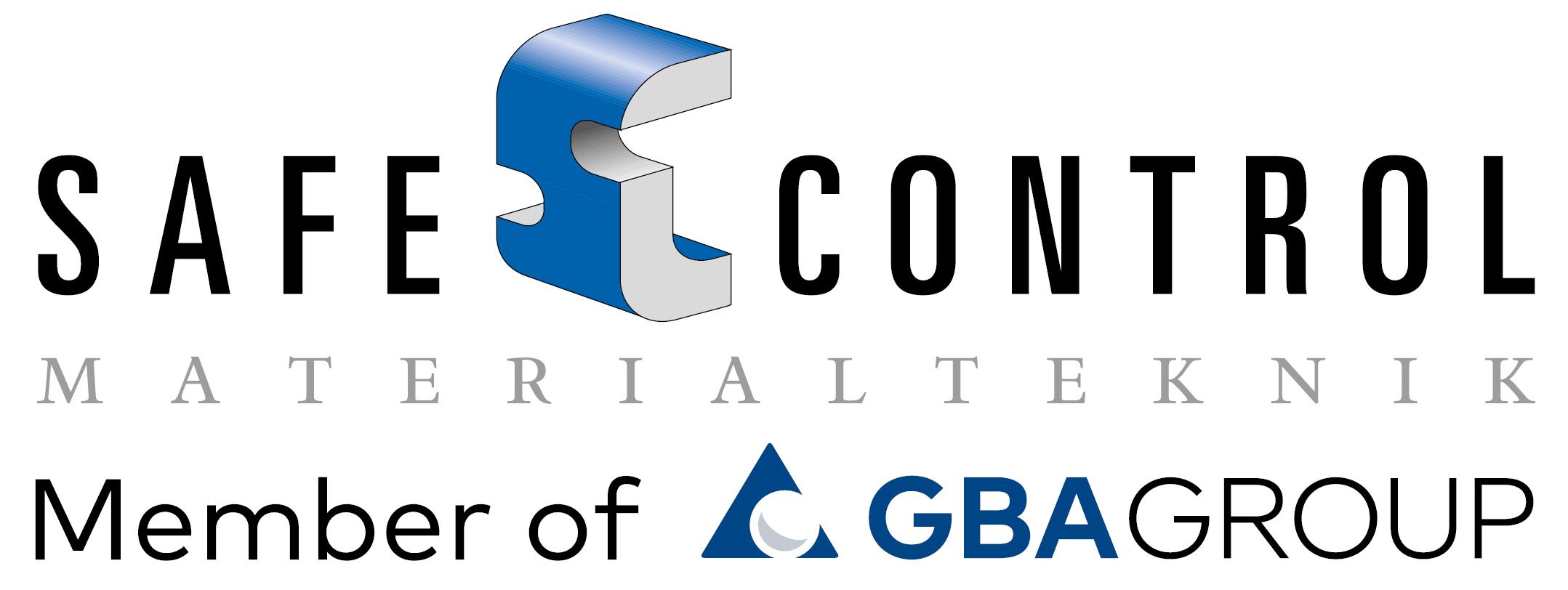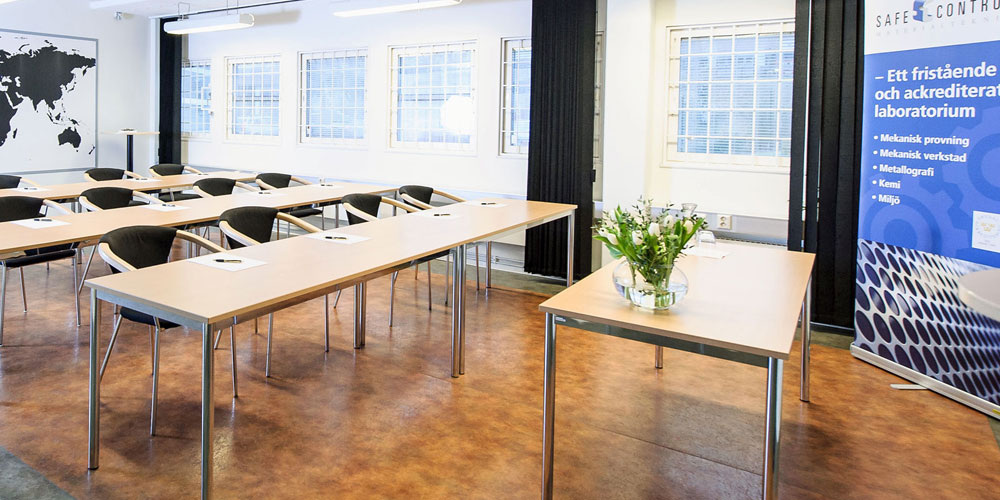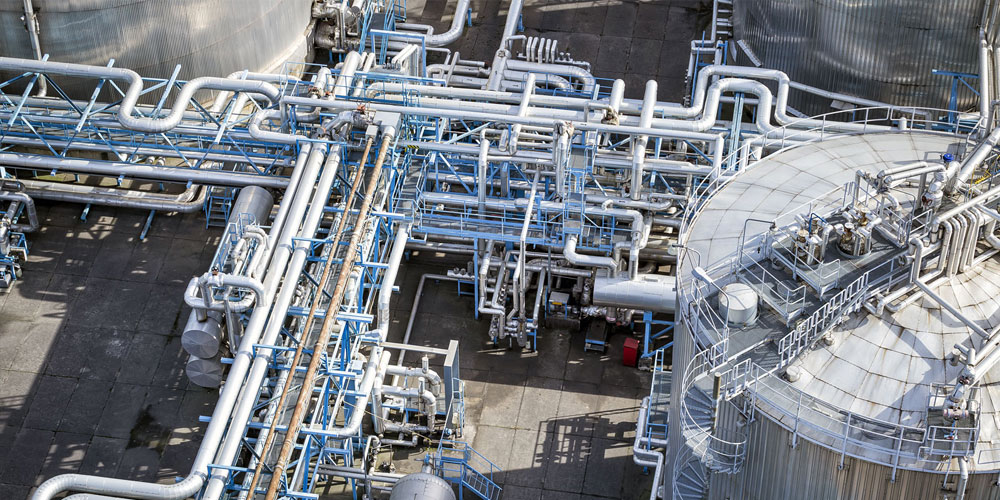What is asbestos?
Asbestos is a collective name for a group of minerals that are commonly found in nature. They are dangerous to health and can cause various diseases, including cancer.
Asbestos is a group of six naturally occurring minerals that consist of soft, flexible fibers. Asbestos is mined from the bedrock mainly in Russia, South Africa and North America. The minerals have different chemical compositions and different properties. The predominant type of asbestos is chrysotile, which corresponds to as much as 99 percent of all asbestos.
Whas is abestos used for?
The areas of use for asbestos have been many due to its valuable technical properties such as high strength, flexibility, high resistance to heat and its good ability to insulate sound and heat. In addition to building materials, asbestos has also been used in brake linings, certain protective equipment and as reinforcement in certain materials.
Asbestos is still used in hundreds of American consumer products, the use is allowed as long as it accounts for less than 1 percent of the product.
Asbestos has been used in about 3,000 products and a lot of material remains in our buildings together with other substances that are hazardous to health and the environment. If asbestos is found, a decontamination must be carried out.

Asbestos fibers
The word asbestos comes from the Greek ‘asbestos’, which means ‘unquenchable’. The asbestos fibers are so small and thin that they cannot be seen with the naked eye. To be able to define them, we use special embedding fluids with a specific refractive index for each type of asbestos.
Totally banned since 1982
Asbestos fibers are very light and when released into the air it can take several days before they land on a surface. Since 1982, the use of asbestos has been completely banned in Sweden. Anyone who leads or performs asbestos sanitation must have undergone special training and hold a permit from Arbetsmiljöverket (the Swedish Work Environment Authority ), for each individual project.
Asbestos is classified as hazardous waste and due to its hazardous effects, it is stored in landfills to reduce the risk of future spread.
Types of asbestos
- Aktinolit
This type of asbestos is unusual and is perceived as an impurity in asbestos-related products. - Amosite
Also known as brown asbestos. Used among other things as insulation of pipes and boilers. It occurs in insulation and pipe bends/ends. - Anthophyllite
Asbestos cardboard, some plastic, filler and reinforcing materials, cement and insulation lots. It occurs in particular tile adhesives, glue and joints. - Crocidolite
Crocidolite is blue asbestos, considered the most dangerous, and was banned in Sweden in 1975, it is the third most common type av asbestos. It has been used as packing and insulation materials. - Chrysotile
Chrysotile is also called white asbestos and magnesium silicate. This is the most common type and are used in plastics, paints and roofing products, as filler and reinforcing materials. It is found in among other things, carpets and adhesives, cement slabs. - Tremolite
In the US, tremolite was used as insulation, called Zonolite. It is also used for acid-resistant filters.
How hazardous is asbestos?
Asbestos is very dangerous to health and can cause various diseases. A simple act such as scraping paint, sooting or replacing a floor mat can release asbestos fibers in harmful levels. There are different types of asbestos and they usually appear in bundles, something you can not see with the naked eye.
The fibers are very fine and when inhaled they can penetrate deep into the lungs, where in the worst case they can develop asbestosis (dust lung), tumors and lung cancer. It can take a long time, up to 20-30 years, before you develop disease symptoms after being exposed to asbestos. It is estimated that in Sweden more than 200 deaths occur annually as a result of asbestos handling.
Diseases that can be a result of asbestos exposure are:
- asbestos (asbest lung, asbestos dust lung)
- asbestos pleurisy (water in the alveoli)
- COPD (chronic obstructive pulmonary)
- plaque (thickening and calcification of connective tissue in the lung and heart sac and peritoneum)
- lung cancer
- colon cancer
- tumors
- mesothelioma (lung cancer)
Contact persons
Catarina Wernlund
Head of Environment
Phone: +46 (0)31-65 64 93
Catarina Wernlund
Head of Chemistry
Phone: +46 (0)31-65 64 93
first.lastname@safecontrol.se

Accreditation
Safe Control Materialteknik AB is accredited since 2001 and has had flexible accreditation since 2016.
All testing takes place against European and international standards.
See our Scope of Accreditation »





